This article explores the effective use of action cameras in sports coaching and training analysis, detailing their benefits, features, and best practices for optimal performance.
What Are Action Cameras?
Action cameras are compact, durable video recording devices designed for capturing high-quality footage in dynamic environments. Their lightweight and rugged design makes them ideal for sports, allowing athletes and coaches to record their sessions without the bulk of traditional cameras. With capabilities to withstand extreme conditions, action cameras have become a staple in various sports disciplines.
Why Use Action Cameras in Sports Coaching?
Utilizing action cameras in sports coaching offers several unique advantages:
- Real-Time Feedback: Athletes can receive immediate insights into their performance.
- Performance Analysis: Coaches can analyze footage to identify areas for improvement.
- Diverse Angles: Capturing different perspectives enhances understanding of techniques.
Key Features to Look for in Action Cameras
When selecting an action camera for sports coaching, consider the following features:
- Video Resolution: Higher resolutions provide clearer images, essential for detailed analysis.
- Frame Rate: A higher frame rate captures fast movements more smoothly.
- Stabilization: Built-in stabilization technology minimizes shaky footage.
- Battery Life: Longer battery life ensures that you can record entire training sessions.
- Mounting Options: Versatile mounting options allow for various placement on athletes or equipment.
How to Set Up Your Action Camera for Training
Proper setup is crucial for effective use. Here are steps to ensure optimal recording:
1. Select the right mounting position (helmet, chest, or tripod).2. Adjust settings based on lighting conditions (indoor vs. outdoor).3. Ensure a stable recording environment to avoid disruptions.
Best Practices for Capturing Training Sessions
To maximize the effectiveness of your recordings, consider these best practices:
- Strategic Angles: Use multiple cameras to capture various perspectives.
- Consistent Framing: Maintain a steady focus on the athlete during the session.
- Secure Mounting: Ensure the camera is firmly attached to prevent movement during recording.
How to Analyze Footage for Performance Improvement
Analyzing footage involves reviewing recorded sessions to identify strengths and weaknesses. Coaches can utilize software tools to highlight key moments, allowing for targeted feedback and tailored training plans for athletes.
Integrating Action Camera Footage into Coaching Strategies
Incorporating video analysis into coaching strategies enhances communication with athletes. Visual demonstrations of techniques foster a deeper understanding of performance, allowing athletes to see their progress and areas needing improvement.
Sharing Video Analysis with Athletes
Sharing footage with athletes can significantly enhance their learning experience. Use editing software to create engaging presentations that highlight key moments, facilitating constructive discussions and encouraging athlete engagement.
Common Mistakes to Avoid When Using Action Cameras
To ensure high-quality training footage, avoid common pitfalls:
- Poor Framing: Always check the camera’s view before starting.
- Inadequate Battery Management: Charge batteries fully and carry extras if needed.
- Neglecting Settings: Always confirm settings before each recording session.
How Action Cameras Enhance Team Collaboration
Action cameras can foster collaboration among coaching staff and athletes. By providing a shared visual resource, teams can discuss techniques, strategies, and performance metrics more effectively, leading to improved overall performance.
Future Trends in Action Cameras for Sports Coaching
Emerging technologies, such as AI-driven analysis and enhanced connectivity features, are set to revolutionize how action cameras are used in sports coaching. These advancements will provide even deeper insights into athlete performance, making training more efficient and effective.
In conclusion, action cameras are transforming sports coaching by providing valuable insights and enhancing training methodologies, making them an indispensable tool for coaches and athletes alike.

What Are Action Cameras?
Action cameras have revolutionized the way we capture and share our experiences, particularly in the realm of sports and outdoor activities. These compact and durable devices are engineered to withstand the rigors of dynamic environments, making them the perfect companion for athletes and adventurers alike. With their ability to record high-quality video footage, action cameras have gained immense popularity among sports enthusiasts who seek to document their performances and training sessions.
Unlike traditional camcorders, action cameras are designed to be versatile and user-friendly. They can be mounted on various surfaces, including helmets, bikes, and even drones, allowing for unique perspectives that standard cameras simply cannot achieve. This adaptability makes them ideal for capturing a wide range of sports, from surfing and skiing to cycling and skateboarding.
One of the standout features of action cameras is their high-resolution video capabilities. Most models offer 4K recording, ensuring that every detail is captured with stunning clarity. Additionally, many action cameras come equipped with advanced stabilization technology, which minimizes shaky footage, providing a smooth viewing experience even during high-intensity activities.
Another compelling reason to utilize action cameras in sports is their compact size. Weighing significantly less than traditional cameras, they can easily be transported and mounted without hindering the athlete’s performance. This portability makes them a favorite among coaches and trainers who want to analyze their athletes’ techniques without the bulk of larger equipment.
Furthermore, action cameras offer a range of connectivity options, including Wi-Fi and Bluetooth, enabling users to easily share their footage on social media or stream live events. This feature not only enhances the experience for athletes but also allows coaches to provide real-time feedback during training sessions.
In summary, action cameras are not just tools for capturing moments; they are powerful devices that enhance training and performance analysis in sports. Their durability, versatility, and high-quality recording capabilities make them an essential part of modern sports coaching and athlete development.
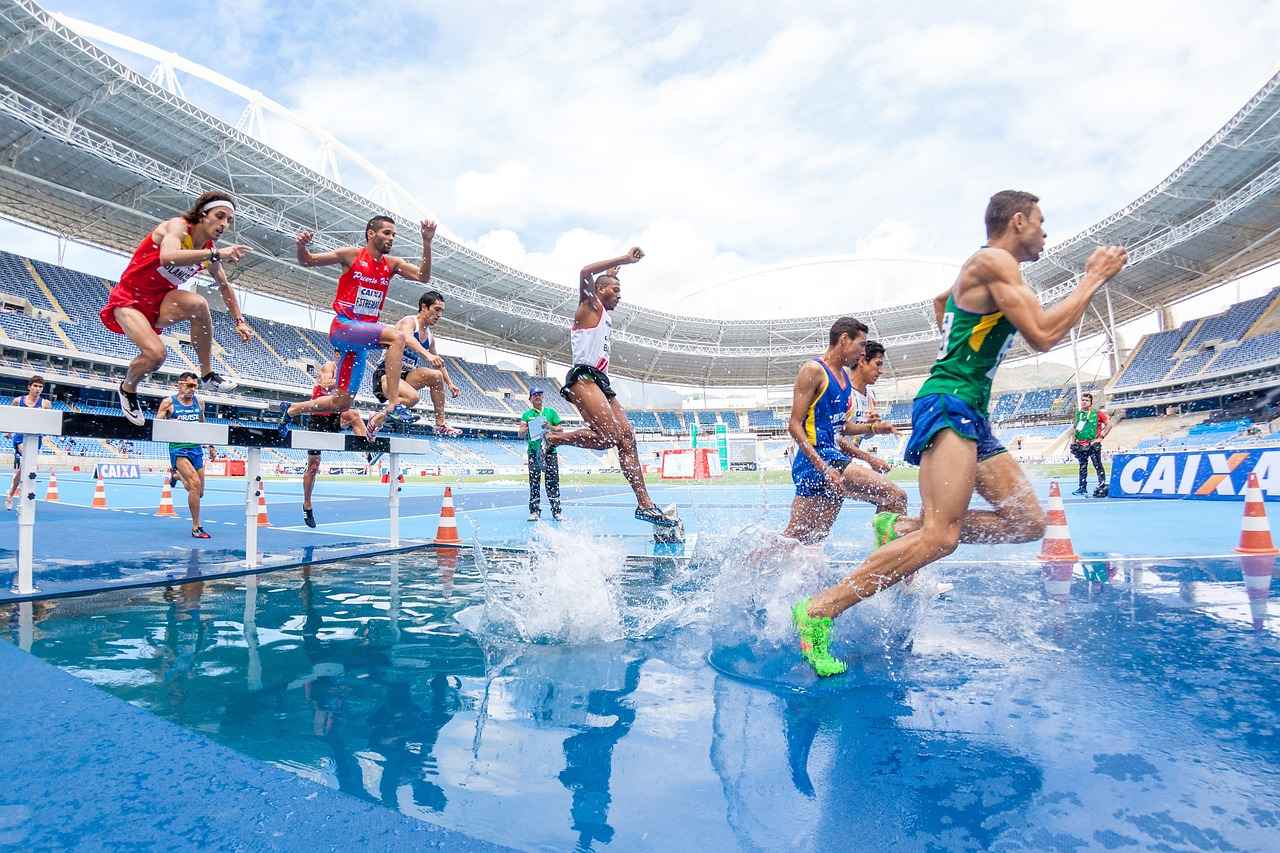
Why Use Action Cameras in Sports Coaching?
Action cameras have revolutionized the way sports coaching is approached, offering a myriad of benefits that enhance both training and performance analysis. These compact and durable devices are not just for capturing thrilling moments in extreme sports; they provide invaluable tools for coaches and athletes alike. Below, we explore the significant advantages of using action cameras in sports coaching.
One of the standout features of action cameras is their ability to provide real-time feedback. Coaches can record training sessions and immediately review footage with athletes, allowing for instant corrections and adjustments. This immediate feedback loop helps athletes understand their performance in a way that traditional methods cannot, fostering quicker improvements.
Action cameras facilitate detailed performance analysis by capturing every movement from various angles. Coaches can analyze the footage to identify specific strengths and weaknesses in an athlete’s technique. This data-driven approach enables the development of tailored training plans that address individual needs, ultimately leading to enhanced performance.
Another unique advantage of action cameras is their ability to capture footage from multiple angles. By positioning cameras strategically around the training area, coaches can obtain a comprehensive view of an athlete’s performance. This multi-angle footage can reveal insights that a single viewpoint might miss, providing a more complete understanding of movement and technique.
Incorporating action cameras into training sessions can significantly enhance the overall experience. Coaches can create engaging and interactive training environments by using video analysis to demonstrate techniques visually. This not only aids in comprehension but also motivates athletes by showcasing their progress over time.
Action cameras also improve communication between coaches and athletes. By sharing video footage, coaches can illustrate points more effectively, facilitating deeper discussions about performance. This visual aid helps athletes grasp complex concepts and techniques, leading to a more collaborative training atmosphere.
Video footage serves as a valuable learning resource for athletes. By reviewing their own performances, athletes can self-assess and identify areas for improvement. This self-reflection encourages a sense of ownership over their training, empowering them to take charge of their development.
As technology continues to evolve, action cameras are becoming integral to modern coaching strategies. The ability to integrate video analysis with performance metrics allows coaches to make informed decisions based on data. This technological integration enhances the overall effectiveness of training programs.
Looking forward, the future of action cameras in sports coaching is promising. Innovations such as AI-driven analysis and enhanced connectivity features are set to further transform how coaches utilize video in training. These advancements will likely lead to more personalized coaching experiences and improved athlete performance.
In conclusion, action cameras are proving to be indispensable tools in sports coaching. By offering real-time feedback, in-depth performance analysis, and the ability to capture various angles, they significantly enhance training sessions and foster better communication between coaches and athletes. As technology continues to advance, the role of action cameras in sports coaching will undoubtedly expand, leading to even greater benefits for athletes and coaches alike.
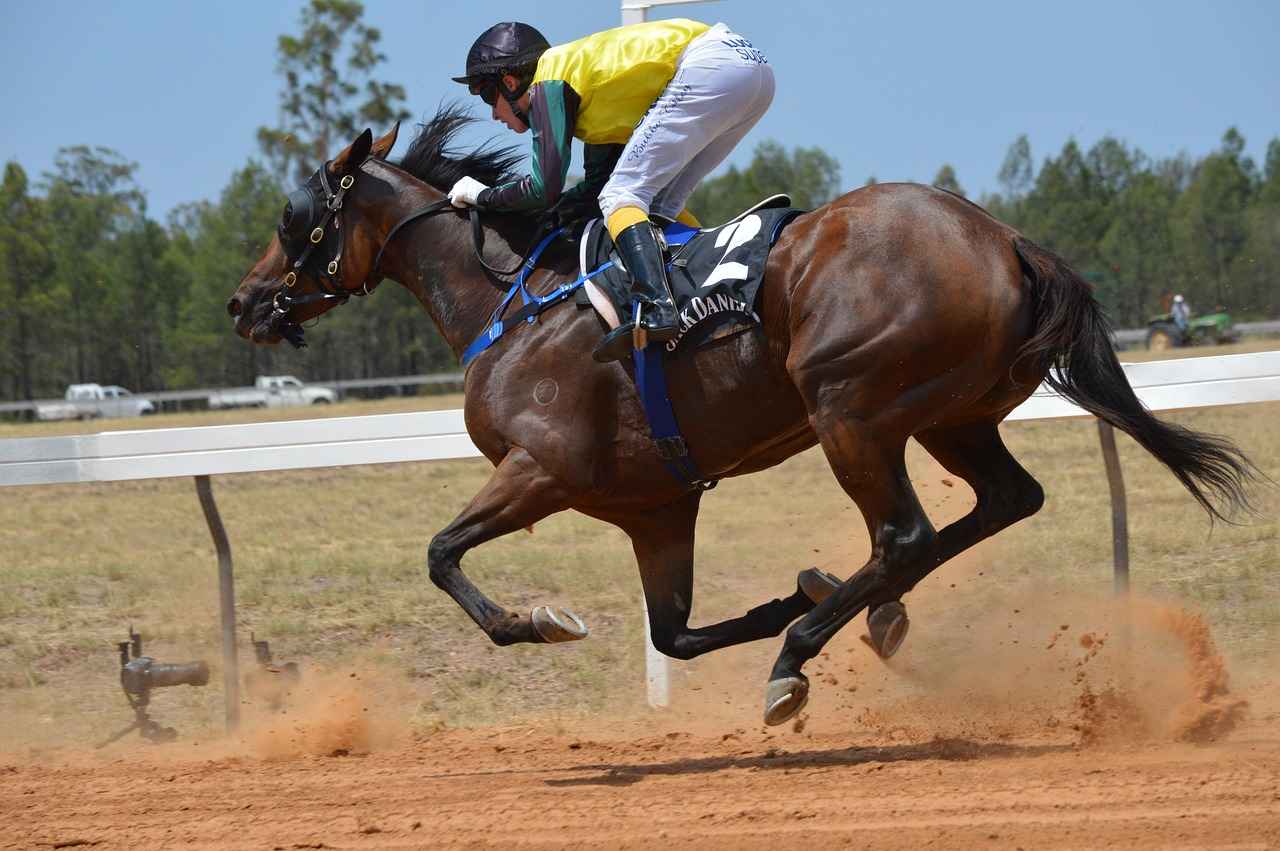
Key Features to Look for in Action Cameras
When it comes to selecting an action camera for sports coaching, understanding the key features that enhance performance is essential. An action camera can significantly impact training sessions by providing high-quality footage and valuable insights into athletes’ techniques. Here are the critical features to consider:
Video resolution is one of the most important factors. A higher resolution, such as 4K, allows for clearer and more detailed footage, making it easier to analyze an athlete’s performance. Coaches should prioritize cameras that offer at least 1080p resolution, but 4K is ideal for capturing intricate details.
The frame rate determines how smooth the video playback will be. For action sports, a higher frame rate—such as 60fps or even 120fps—is beneficial as it captures fast movements without blurring. This is crucial for analyzing quick actions like sprinting or jumping.
Stabilization is vital for producing smooth footage, especially in dynamic environments. Look for cameras that offer electronic image stabilization (EIS) or optical image stabilization (OIS). These features help minimize shaky footage, providing a more professional and usable video for analysis.
Battery life can significantly affect your training sessions. Opt for action cameras that provide at least two hours of continuous recording time. Consider models with replaceable batteries or those that support external battery packs for longer sessions.
Versatile mounting options allow for creative angles and perspectives. Ensure the camera is compatible with various mounts, such as helmets, chest straps, or tripods. This flexibility enables coaches to capture different aspects of training, enhancing the analysis process.
Connectivity features like Wi-Fi and Bluetooth enable easy sharing and streaming of footage. This is particularly useful for real-time feedback during training sessions. Look for cameras that allow for quick uploads to mobile devices or cloud storage for easy access and sharing.
- Water Resistance: Essential for outdoor sports or adverse weather conditions.
- Durability: A rugged design ensures the camera withstands impacts and falls.
- Editing Software: Some cameras come with bundled software that simplifies editing and enhances footage quality.
In conclusion, selecting the right action camera involves careful consideration of various features that align with the specific needs of sports coaching. By focusing on video resolution, frame rate, stabilization, battery life, and mounting options, coaches can ensure they capture high-quality footage that contributes to effective training analysis. The right action camera not only aids in performance assessment but also enhances communication and learning for athletes.

How to Set Up Your Action Camera for Training
Setting up your action camera properly is essential for capturing the best possible footage during training sessions. A well-configured camera not only enhances the quality of your recordings but also ensures that you can effectively analyze performance and provide valuable feedback. Here are some key considerations when setting up your action camera for training.
- Selecting the Right Mounting Position: The placement of your camera can significantly impact the quality of your recordings. Consider the angle and height that will best capture the action. For instance, mounting the camera at eye level can provide a more immersive perspective, while a higher angle may offer a broader view of the entire field or court.
- Adjusting Settings for Lighting Conditions: Lighting plays a crucial role in video quality. Make sure to adjust settings such as exposure and white balance based on the environment. If you’re filming outdoors, be mindful of the sun’s position, as it can create harsh shadows or overexposed areas in your footage.
- Ensuring a Stable Recording Environment: A stable environment is vital for clear recordings. Use a sturdy tripod or a secure mount to prevent shaking and ensure smooth footage. If filming in a dynamic environment, consider using a camera with built-in image stabilization to reduce blurriness caused by movement.
In addition to these factors, it’s important to review your camera settings before each session. Check the resolution and frame rate to ensure you’re capturing high-quality video. Higher resolutions, such as 4K, can provide more detail, while a higher frame rate can make fast-paced action appear smoother.
Furthermore, consider the battery life of your action camera. Long training sessions may require additional batteries or a power bank to avoid interruptions. Always charge your camera fully before heading out, and keep spare batteries on hand for extended use.
Lastly, ensure that your camera’s memory card has sufficient space to store all the footage you plan to capture. Regularly check and format your memory card to prevent any issues during recording.
By paying attention to these setup details, you can maximize the effectiveness of your action camera, leading to better training analysis and improved performance outcomes for athletes. Proper setup not only enhances the quality of your recordings but also ensures that you can provide targeted feedback based on accurate footage, making it a vital component of effective sports coaching.
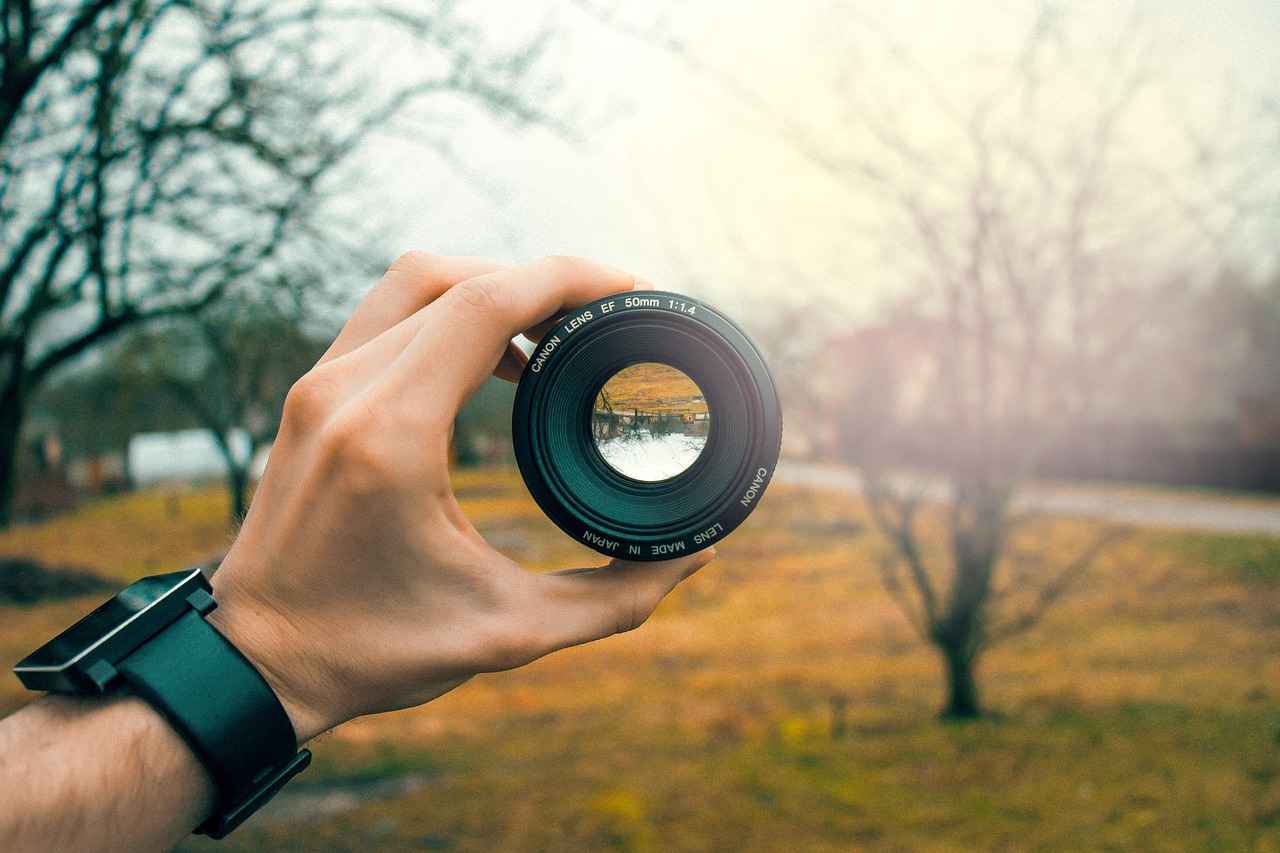
Best Practices for Capturing Training Sessions
When it comes to utilizing action cameras for sports training, capturing high-quality footage is essential for effective analysis and improvement. Here are some best practices that every coach should consider to maximize the value of their recordings:
- Strategic Angles: Position your camera at various angles to capture different perspectives of the training session. This can include low angles to emphasize footwork or high angles for overall play. Experimenting with different placements helps in identifying the best views for specific drills.
- Consistent Framing: Maintain a consistent frame throughout the session. This means ensuring that the subject remains in focus and well positioned within the frame. Consistency allows for easier comparison across different training sessions and provides a clearer understanding of progress.
- Secure Mounting: Always ensure that your camera is securely mounted. A stable recording is crucial to avoid shaky footage that can distract from the analysis. Use reliable mounts and check their stability before starting the session to prevent any disruptions.
- Lighting Considerations: Pay attention to the lighting conditions of your training environment. Natural light can be your best friend, but if indoors or in low light, consider using additional lighting to enhance visibility. Proper lighting can significantly improve the quality of the footage.
- Battery Management: Always check your battery levels before starting a session. Nothing is worse than missing critical moments due to a dead battery. Carry additional batteries or portable chargers to ensure uninterrupted recording.
- Pre-Session Checks: Before recording, conduct a thorough check of your camera settings. Ensure that the resolution, frame rate, and stabilization features are set according to your needs. This helps in capturing the best possible footage right from the start.
- Use of Multiple Cameras: If possible, use multiple cameras to capture different angles simultaneously. This allows for a comprehensive view of the training session and provides more material for analysis.
- Recording Duration: Be mindful of the length of your recordings. Long sessions can lead to unnecessary footage that may not be useful for analysis. Focus on key drills or moments that are essential for performance evaluation.
By incorporating these best practices into your training sessions, you can ensure that the footage you capture is not only high-quality but also valuable for both immediate feedback and long-term performance analysis. Coaches who effectively utilize action cameras will find that they can offer more targeted advice and help athletes improve in a structured manner.
In conclusion, the integration of action cameras into sports training is not just about recording; it’s about enhancing the overall training experience. By focusing on strategic angles, consistent framing, and secure mounting, coaches can create a rich repository of visual data that aids in athlete development.
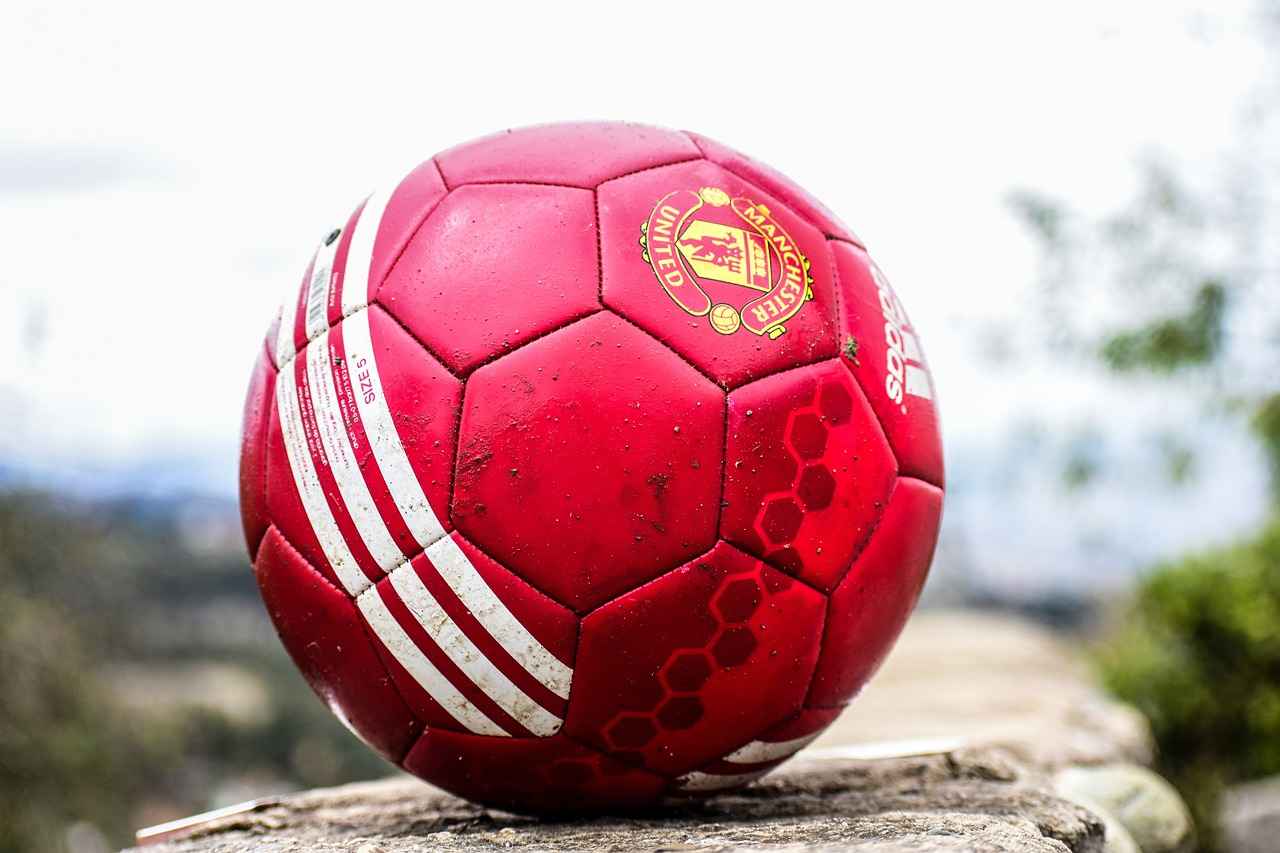
How to Analyze Footage for Performance Improvement
Analyzing footage is a crucial aspect of sports coaching that can significantly enhance an athlete’s performance. By carefully reviewing recorded sessions, coaches can pinpoint both strengths and weaknesses in an athlete’s technique. This process not only provides essential insights but also allows for the creation of tailored training plans that address specific areas for improvement.
One of the first steps in analyzing footage is to establish clear objectives. Coaches should determine what aspects of performance they want to focus on, such as technique, speed, or decision-making. This focused approach ensures that the analysis is productive and relevant to the athlete’s development.
After identifying the key areas to evaluate, coaches should review the footage multiple times. The first viewing can be for general impressions, while subsequent viewings should involve a more detailed examination. This could include noting specific moments where the athlete excelled or struggled. Utilizing tools like slow motion can also help in scrutinizing particular techniques that may need refinement.
In addition, it is beneficial to compare the athlete’s performance against benchmark standards or even against other athletes at similar levels. This comparative analysis can highlight discrepancies and areas where the athlete may need to improve. Coaches can also utilize performance metrics, such as speed or accuracy, to provide a more quantitative assessment.
Feedback is a critical component of this process. Coaches should aim to provide constructive feedback that is specific and actionable. Instead of simply stating what went wrong, they should guide athletes on how to improve. For instance, if a swimmer’s stroke is inefficient, the coach might suggest specific drills to enhance technique.
Furthermore, integrating technology can enhance the analysis process. Using software that allows for video editing and annotation can help coaches highlight key moments in the footage. This visual aid can be invaluable during discussions with athletes, as it provides a clear reference point for understanding performance issues.
Another effective strategy is to involve athletes in the analysis process. By encouraging them to review their own footage, athletes can develop a more profound understanding of their performance. This self-analysis fosters greater accountability and encourages athletes to take ownership of their training.
Finally, it is essential to regularly revisit and update training plans based on the analysis of footage. As athletes progress, their needs may change, and the training regimen should evolve accordingly. This dynamic approach ensures that athletes continue to develop and improve over time.
In conclusion, analyzing footage is an invaluable tool in sports coaching. By systematically reviewing recorded sessions, coaches can provide targeted feedback that leads to significant performance improvements. This practice not only helps athletes reach their potential but also fosters a culture of continuous learning and development.
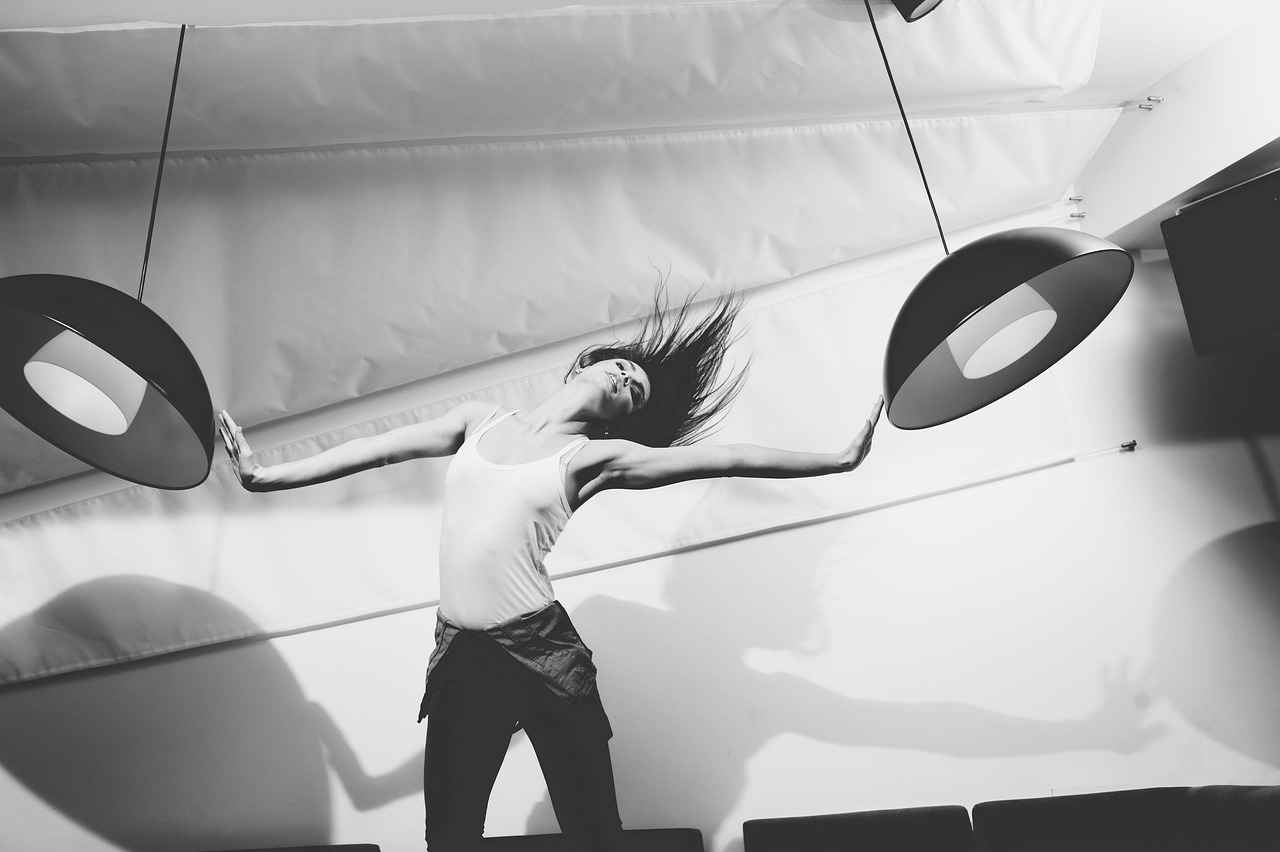
Integrating Action Camera Footage into Coaching Strategies
Integrating action camera footage into coaching strategies is a revolutionary approach that can significantly enhance the way coaches communicate with their athletes. By utilizing visual demonstrations, coaches can provide clearer insights into techniques, helping athletes to grasp complex movements that might be difficult to understand through verbal instructions alone.
One of the primary benefits of using action camera footage is the ability to capture real-time performance. Coaches can record training sessions from multiple angles, allowing athletes to visually analyze their techniques. This visual feedback is crucial for athletes as it fosters a deeper understanding of their performance, enabling them to make necessary adjustments. For instance, a swimmer can see their stroke mechanics in action, while a basketball player can review their shooting form. This immediate feedback loop helps in accelerating skill acquisition.
Furthermore, action cameras facilitate a more engaging learning experience. By reviewing footage together, coaches and athletes can engage in meaningful discussions about performance. This collaborative approach not only builds trust but also encourages athletes to take ownership of their development. Coaches can highlight specific moments in the footage, pointing out both strengths and areas for improvement. This targeted feedback is essential for developing tailored training plans that cater to the unique needs of each athlete.
In addition to enhancing communication, action camera footage can also be used to track progress over time. By comparing footage from different training sessions, coaches and athletes can visually assess improvements and identify persistent challenges. This longitudinal analysis is invaluable in ensuring that athletes stay motivated and focused on their goals.
How Can Coaches Effectively Integrate Video Analysis? To effectively incorporate video analysis into coaching strategies, it is essential to establish a systematic approach. Coaches should start by setting clear objectives for each training session, identifying key techniques or skills to focus on. Once the footage is captured, coaches can use editing software to create concise highlight reels that emphasize critical moments. This not only makes the review process more efficient but also keeps athletes engaged.
Moreover, it is important for coaches to provide context during video reviews. Simply showing footage without guidance can lead to confusion. Coaches should explain what the athletes are observing, reinforcing the learning objectives and connecting the visual feedback to practical applications. This method ensures that athletes understand the significance of the feedback and how to implement changes in their training.
What Are the Best Practices for Sharing Video Analysis? When sharing video analysis with athletes, consider using platforms that allow for easy access and interaction. Cloud-based storage solutions enable athletes to view footage at their convenience, fostering a culture of continuous learning. Additionally, creating a shared digital space where athletes can comment and ask questions encourages ongoing dialogue between coaches and athletes.
In conclusion, integrating action camera footage into coaching strategies not only enhances communication but also empowers athletes to take charge of their training. By leveraging visual analysis, coaches can provide more effective feedback, track progress, and foster a collaborative learning environment. As technology continues to evolve, the potential for action cameras in sports coaching will only expand, making them an essential tool in the modern coaching toolkit.
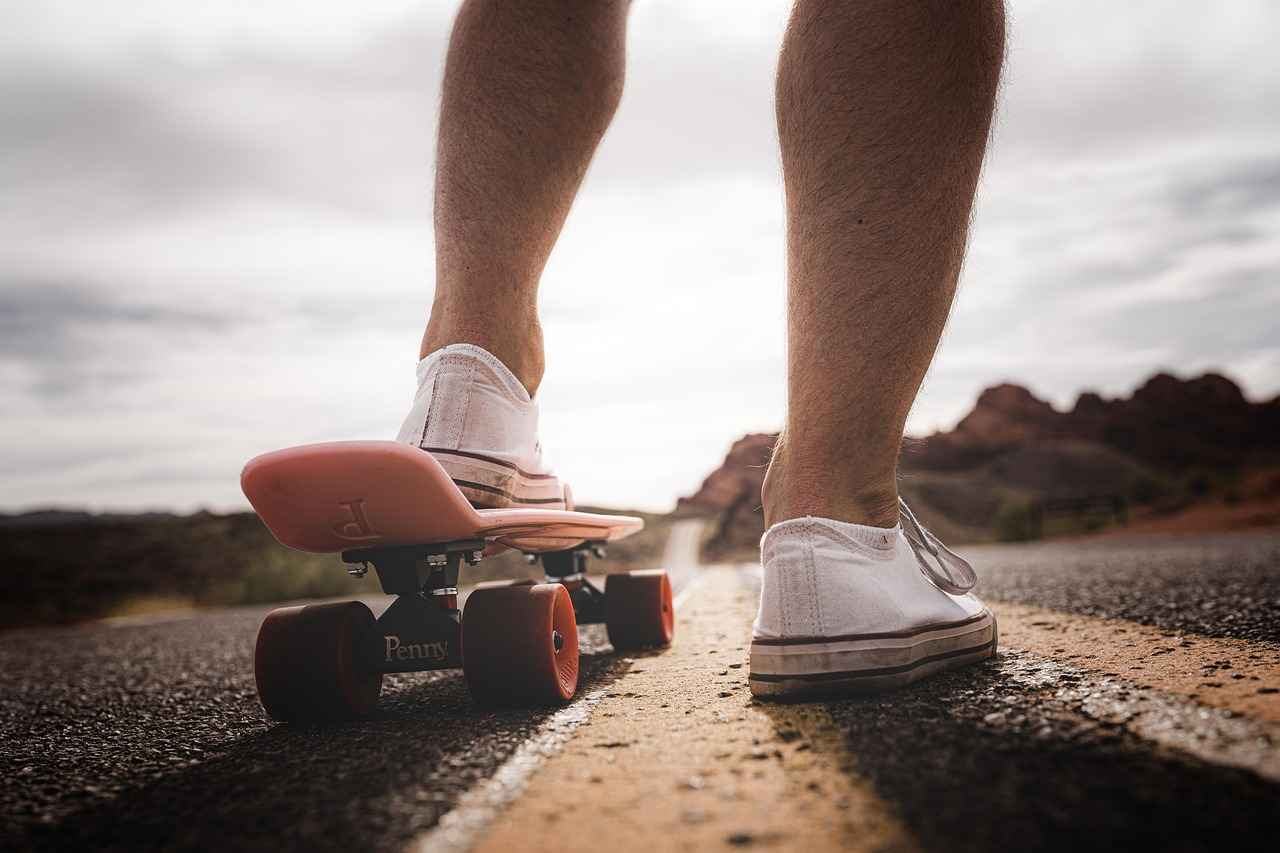
Sharing Video Analysis with Athletes
In the realm of sports coaching, the ability to share video analysis with athletes is a game changer. It not only enhances their learning experience but also fosters a deeper understanding of their performance. By utilizing modern editing software, coaches can effectively highlight key moments from training sessions, making it easier for athletes to grasp essential techniques and strategies.
When sharing footage, it is vital to focus on constructive feedback. Coaches should aim to present both strengths and areas for improvement. This balanced approach encourages athletes to feel more confident while also motivating them to work on their weaknesses. By emphasizing positive aspects of their performance, athletes are more likely to engage with the content and apply the feedback in a meaningful way.
To create engaging presentations, coaches can use various features in editing software. For instance, slow-motion playback can be incredibly useful for analyzing specific techniques, allowing athletes to see the finer details of their movements. Additionally, adding annotations or voiceovers can provide context to the footage, guiding athletes through their performance and helping them understand the rationale behind certain techniques.
Moreover, sharing video analysis is not just about showing the footage; it’s also about facilitating constructive discussions. Coaches can organize review sessions where athletes watch the footage together, fostering a collaborative environment. During these sessions, athletes can share their thoughts and insights, leading to a more comprehensive understanding of the material. This not only enhances their learning experience but also builds team cohesion.
Another effective strategy is to segment the video into specific clips that focus on different aspects of performance. For example, a coach might create separate clips for offensive plays, defensive strategies, and individual skills. This allows athletes to focus on particular areas without feeling overwhelmed by the entirety of a training session. By breaking down the footage, athletes can concentrate on mastering one skill at a time, leading to more effective learning outcomes.
In addition, utilizing cloud-based platforms for sharing video analysis can streamline the process. Coaches can upload footage to a shared drive where athletes can access it anytime, facilitating continuous learning. This accessibility enables athletes to review their performance at their own pace, reinforcing their understanding and retention of the material.
Ultimately, the integration of video analysis into training is about more than just technology; it’s about enhancing the coaching relationship. By providing athletes with visual feedback, coaches can build trust and rapport, demonstrating their commitment to the athletes’ development. This approach not only improves performance but also enhances the overall training experience, making it more enjoyable and fulfilling for everyone involved.
In conclusion, sharing video analysis with athletes is an essential practice that can significantly enhance their learning experience. By leveraging editing software to highlight key moments and facilitating engaging discussions, coaches can create an environment where athletes feel empowered to improve. As technology continues to evolve, the potential for video analysis in sports coaching will expand, offering even more opportunities for growth and development.
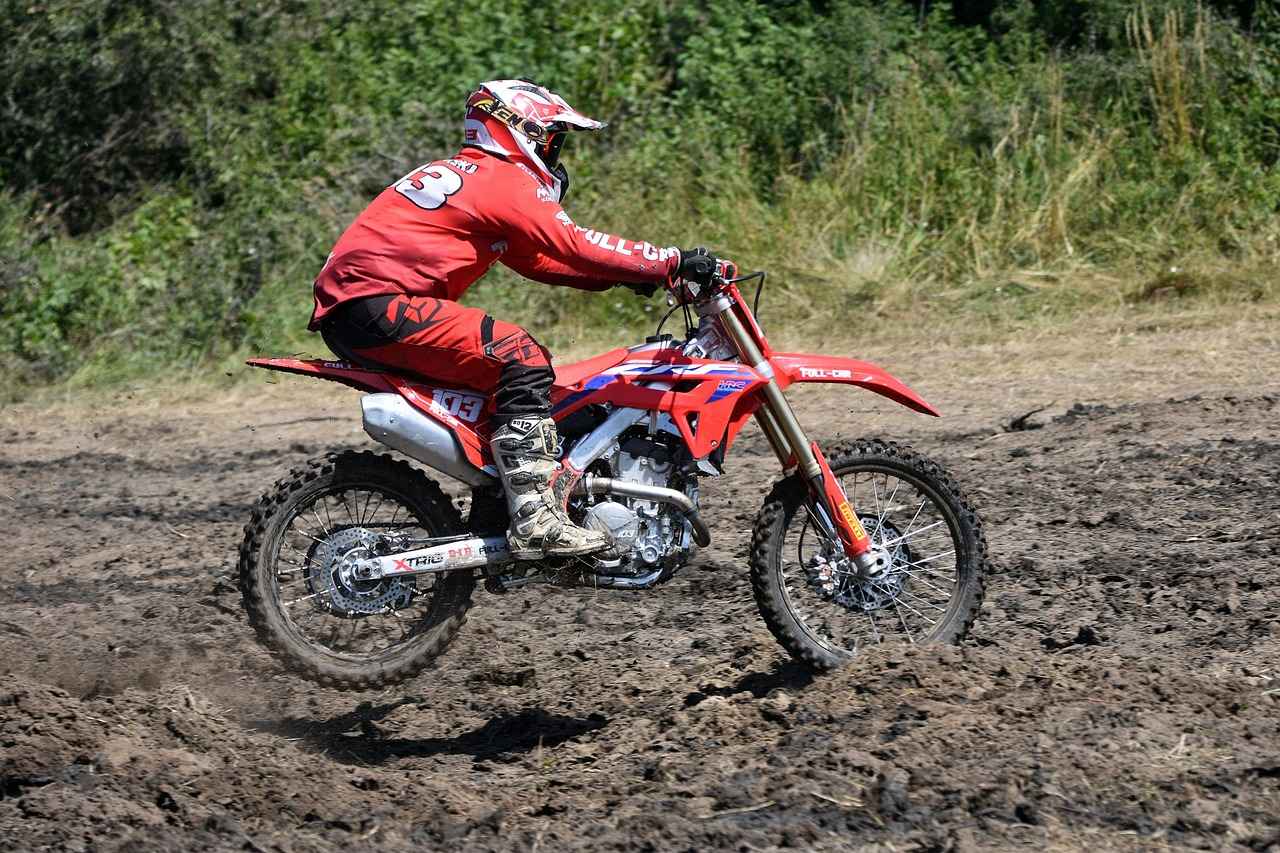
Common Mistakes to Avoid When Using Action Cameras
When utilizing action cameras for sports coaching, it is vital to be aware of common mistakes that can hinder the quality of your recordings. Understanding these pitfalls can significantly enhance the effectiveness of your training footage.
- Poor Framing: One of the most frequent errors is failing to frame the subject correctly. Always ensure that the athlete is centered in the shot and that there is enough space around them to capture their movements. This not only provides a better view but also allows for a more comprehensive analysis of their performance.
- Inadequate Battery Management: Running out of battery during a critical training session can be frustrating. Always check your camera’s battery level before recording and consider carrying spare batteries or a portable charger. This preparation ensures you won’t miss essential moments.
- Neglecting to Check Settings: Before starting your recording, it is crucial to double-check your camera settings. Ensure that the resolution, frame rate, and stabilization features are properly configured for the environment. Failing to do so can result in subpar footage that lacks clarity and detail.
- Ignoring Lighting Conditions: Lighting plays a significant role in video quality. Always assess the lighting of your training environment. If it’s too bright or too dim, adjust your camera settings accordingly or choose a different time of day to record.
- Improper Mounting: Securely mounting your action camera is essential for capturing stable footage. Using a reliable mount that can withstand the movements of the sport will help prevent shaky videos that are difficult to analyze.
- Inconsistent Recording Angles: Switching up angles can provide a more comprehensive view of the athlete’s performance. However, inconsistent angles can confuse viewers. Plan your angles in advance to maintain a coherent perspective throughout the session.
- Not Reviewing Footage: After recording, it’s essential to review the footage. This step allows you to identify any mistakes made during the recording process and ensure that the footage meets your coaching needs.
To capture high-quality training footage, implement a checklist before each recording session. This checklist should include:
- Checking battery levels and bringing extras.
- Verifying camera settings for the specific environment.
- Ensuring the camera is securely mounted and properly framed.
- Assessing lighting conditions and adjusting settings as necessary.
By adhering to these best practices and avoiding common mistakes, coaches can significantly enhance the quality of their training footage. This not only aids in performance analysis but also fosters improved communication with athletes regarding their techniques and strategies.
In conclusion, being mindful of these common pitfalls and taking proactive measures can lead to more effective use of action cameras in sports coaching. By ensuring that recordings are of high quality, coaches can provide valuable insights that contribute to the development and improvement of athletes.
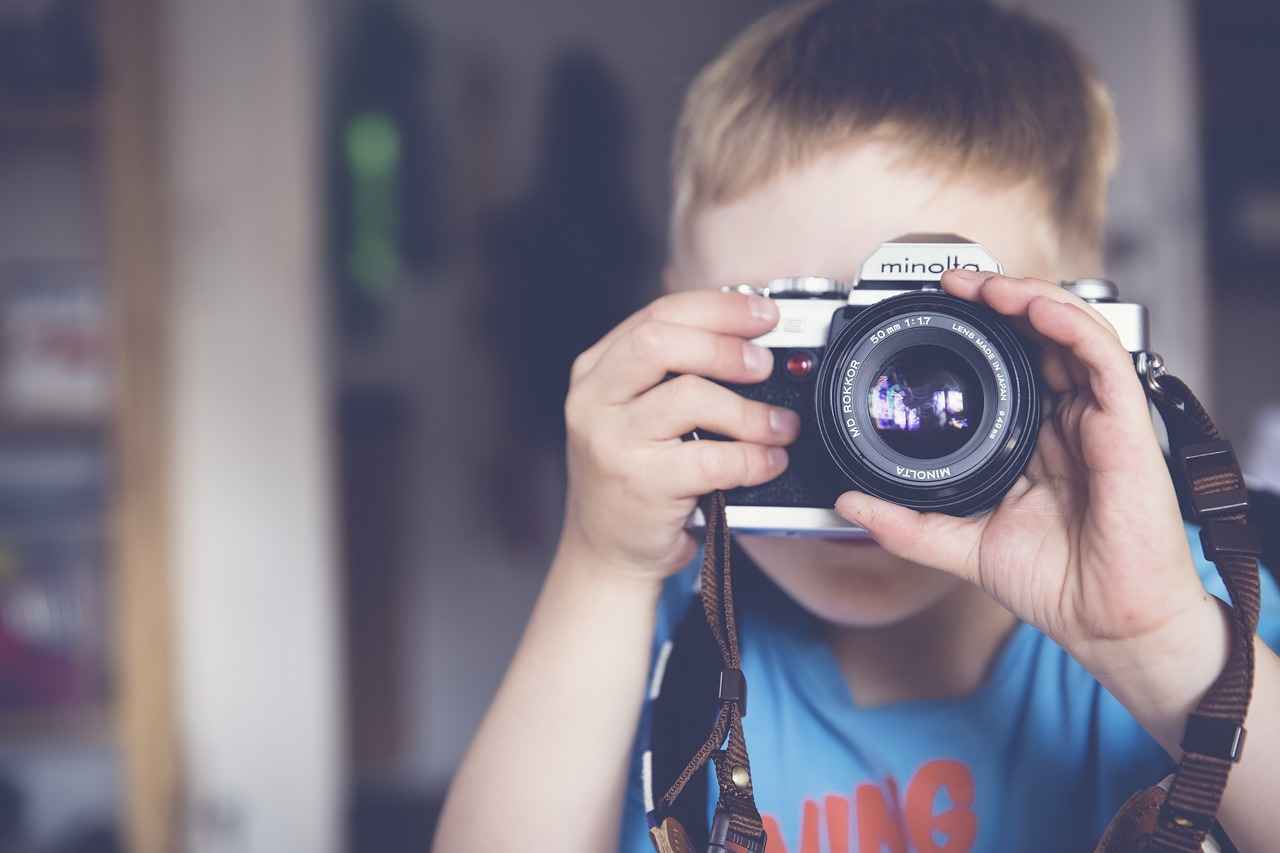
How Action Cameras Enhance Team Collaboration
In the realm of sports coaching, effective communication and collaboration between coaching staff and athletes are vital for success. One innovative tool that has emerged to facilitate this collaboration is the action camera. With their ability to capture high-quality video footage in various environments, action cameras have become an essential resource for teams looking to enhance their training and performance analysis.
Action cameras serve as a shared visual resource that can significantly improve the way coaches and athletes interact. By providing video footage of training sessions, coaches can visually demonstrate techniques and strategies, making it easier for athletes to grasp complex concepts. This shared resource allows for more engaging discussions, as both parties can review specific moments in the footage to analyze performance metrics.
- Visual Feedback: Athletes can see their movements in real-time, allowing them to understand what adjustments are necessary for improvement.
- Enhanced Communication: Coaches can articulate their feedback more effectively, using visual aids instead of relying solely on verbal instructions.
- Performance Metrics: Action cameras can help track progress over time, offering concrete data that can be discussed during training sessions.
To maximize the benefits of action cameras, it’s essential to create a collaborative environment. Coaches should encourage open dialogue during video review sessions. This can be achieved by:
- Organizing regular meetings to discuss footage.
- Encouraging athletes to express their thoughts and insights on their performance.
- Utilizing video analysis software to annotate footage, highlighting key areas for improvement.
Integrating action camera footage into training regimens can enhance the learning experience for athletes. Coaches can use the footage to:
- Identify common errors and address them with targeted drills.
- Showcase exemplary performances, inspiring athletes to reach their potential.
- Facilitate peer-to-peer learning, where athletes can learn from each other’s successes and mistakes.
When coaches share video footage, it builds trust within the team. Athletes feel more involved in their training process, knowing that their performance is being analyzed collaboratively. This transparency can lead to a stronger team bond, as everyone is working towards the same goals.
As technology continues to evolve, the role of action cameras in sports coaching will likely expand. The integration of advanced analytics and real-time feedback mechanisms could further enhance collaboration between coaches and athletes. By embracing these tools, teams can foster a culture of continuous improvement, ultimately leading to greater success on and off the field.

Future Trends in Action Cameras for Sports Coaching
The landscape of sports coaching is evolving rapidly with the advent of emerging technologies. Among these, action cameras are becoming increasingly sophisticated, incorporating features that are revolutionizing how coaches analyze training sessions and provide feedback to athletes. This article delves into the latest trends in action cameras, focusing on AI-driven analysis and enhanced connectivity, which are set to significantly impact sports coaching methodologies.
- AI-Driven Analysis: One of the most exciting advancements in action camera technology is the integration of artificial intelligence. AI algorithms can analyze footage in real-time, identifying key performance metrics such as speed, technique, and even fatigue levels. This allows coaches to receive immediate insights, enabling them to make informed decisions during training sessions.
- Enhanced Connectivity: Modern action cameras are equipped with improved connectivity features, allowing for seamless integration with mobile devices and cloud services. Coaches can easily upload footage to shared platforms, facilitating collaboration and discussion among coaching staff and athletes.
- 360-Degree Footage: The rise of 360-degree cameras provides a comprehensive view of training sessions. This immersive technology allows coaches to analyze movements from multiple angles, enhancing their understanding of an athlete’s performance and technique.
- Cloud-Based Storage: With the increasing amount of data generated from training sessions, cloud storage solutions are becoming essential. Coaches can store vast amounts of video footage securely, making it easily accessible for future analysis and review.
- Wearable Technology Integration: The future of action cameras also lies in their ability to integrate with wearable technology. By combining data from wearables with video footage, coaches can gain a more holistic view of an athlete’s performance, monitoring physical exertion alongside visual analysis.
As these technologies continue to develop, the potential for action cameras in sports coaching is immense. Coaches are now able to provide personalized feedback based on detailed analysis, enhancing the training experience for athletes. For instance, AI can highlight specific areas where an athlete may need improvement, allowing for targeted training sessions that address these weaknesses.
Moreover, enhanced connectivity means that sharing insights with athletes is easier than ever. Coaches can create engaging presentations using video clips, making it simpler to convey complex techniques visually. This not only aids in understanding but also fosters a collaborative learning environment where athletes feel more involved in their training process.
In conclusion, as action cameras continue to evolve with AI-driven analysis and enhanced connectivity features, they are set to become indispensable tools in sports coaching. By leveraging these technologies, coaches can provide more effective training, ultimately leading to improved athlete performance. The future of sports coaching is bright, and action cameras are at the forefront of this exciting transformation.

Conclusion: The Impact of Action Cameras on Sports Coaching
Action cameras are revolutionizing the landscape of sports coaching, offering a myriad of benefits that enhance both training methodologies and athlete performance. These compact, durable devices are not just tools for capturing thrilling moments; they serve as powerful instruments for analysis and improvement in athletic performance.
Action cameras provide real-time feedback that is invaluable for coaches and athletes. By capturing training sessions from various angles, coaches can assess techniques, identify areas for improvement, and provide immediate, constructive feedback. This visual evidence allows athletes to see their performance from a new perspective, fostering a deeper understanding of their strengths and weaknesses.
When selecting an action camera for sports coaching, consider features such as:
- High Video Resolution: Ensures clear and detailed footage.
- Stabilization: Reduces shaky images, providing smoother visuals.
- Battery Life: Long-lasting power is essential for extended training sessions.
- Mounting Options: Versatile mounts allow for creative angles and placements.
Proper setup is crucial for capturing effective footage. Start by selecting the right mounting position; whether it’s on the athlete’s helmet, chest, or a fixed location, the angle should provide the best view of the action. Adjust settings according to lighting conditions to ensure clarity, and always check that the camera is securely mounted before starting the session.
To maximize the effectiveness of your recordings:
- Utilize strategic angles that showcase the athlete’s movements.
- Maintain consistent framing throughout the session.
- Ensure the camera remains securely mounted to avoid disruptions.
Analyzing recorded sessions is key to identifying both strengths and weaknesses. Coaches can review footage to pinpoint technical flaws or highlight successful strategies. This analysis not only aids in developing personalized training plans but also enhances communication between coaches and athletes.
Incorporating video analysis into coaching strategies enhances the learning experience. By using footage for visual demonstrations, coaches can illustrate techniques more effectively, allowing athletes to grasp complex concepts quickly. This method fosters a collaborative environment where feedback is constructive and focused on improvement.
Sharing footage with athletes can significantly enhance their learning experience. By utilizing editing software to highlight key moments, coaches can create engaging presentations that facilitate constructive discussions. This collaborative approach encourages athletes to take ownership of their development.
To ensure high-quality training footage, avoid common pitfalls such as:
- Poor framing that misses critical actions.
- Inadequate battery management, leading to interruptions.
- Neglecting to check settings before recording, which can result in unusable footage.
Action cameras promote collaboration among coaching staff and athletes by providing a shared visual resource. This resource can be used to discuss techniques, strategies, and performance metrics, fostering a sense of teamwork and collective growth.
As technology evolves, so do action cameras. Emerging trends, such as AI-driven analysis and enhanced connectivity features, are set to revolutionize their use in sports coaching. These advancements will provide even deeper insights into athlete performance and training effectiveness.
In summary, action cameras are transforming sports coaching by providing invaluable insights and enhancing training methodologies. Their ability to capture high-quality footage from various angles makes them an indispensable tool for coaches and athletes alike.
Frequently Asked Questions (The title must be written in English.)
- What types of sports can benefit from using action cameras?
Action cameras are incredibly versatile and can be used in a variety of sports, including cycling, skiing, soccer, basketball, and even swimming. They excel in capturing fast-paced action and provide valuable insights regardless of the sport.
- How do I choose the right action camera for coaching?
When selecting an action camera for coaching, consider factors like video resolution, frame rate, stabilization features, battery life, and how easily it can be mounted. These features will ensure you capture high-quality footage that is essential for effective analysis.
- Can I use action cameras for individual athlete feedback?
Absolutely! Action cameras are perfect for recording individual athletes during training. You can analyze their performance, provide specific feedback, and help them improve their techniques by showing them their recorded sessions.
- What are common mistakes to avoid when using action cameras?
Some common pitfalls include poor framing, not checking battery levels, and forgetting to adjust settings for different lighting conditions. Always ensure your camera is securely mounted and that you’ve reviewed your settings before starting a recording.
- How can I share video footage with my athletes?
You can use editing software to highlight key moments in the footage and create engaging presentations. Sharing these edited videos can foster constructive discussions and enhance the athletes’ learning experience.
